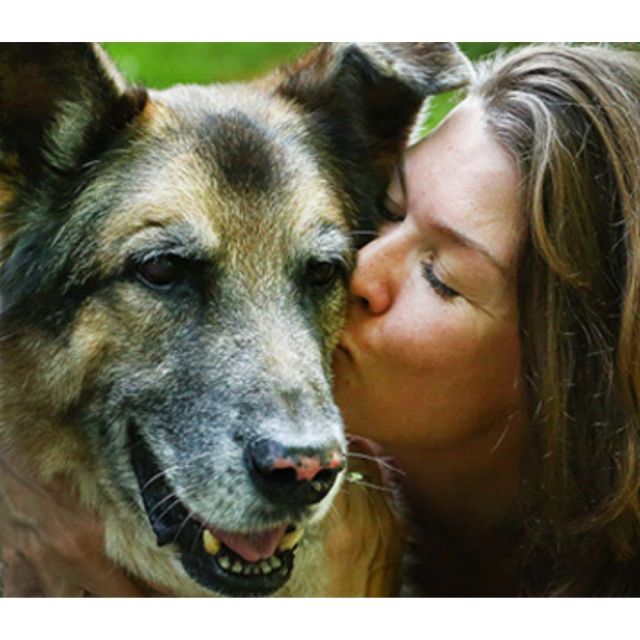Browse Photos
gentlepetpassages
Activity:
Jul 27, 2:59

Decoding the Language of Pets:- Post Tue/Jul/2023 09:47:15
Introduction
Communication is essential in any relationship, and understanding your pet's body language is key to building a strong and harmonious bond. Our furry companions communicate with us through a complex system of signals, expressions, and body postures. In this article, we will delve into the fascinating world of pet body language, exploring common cues displayed by dogs and cats. By decoding their language, you can better understand your pet's needs, emotions, and overall well-being.
Tail Language
A pet's tail is an expressive tool that provides valuable insights into their mood and intentions. Learn to interpret the different tail positions and movements in dogs and cats, including wagging, tucked, raised, and bristling tails, to gauge their emotional state and level of comfort. Understanding tail language allows you to gauge if your pet is happy, scared, or agitated.
Facial Expressions
Just like humans, pets display a range of facial expressions that convey their emotions. Discover the subtle cues in their eyes, ears, and mouths to understand whether they are happy, relaxed, fearful, or agitated. Look for signs of relaxed eyes, forward or flattened ears, and open mouths to assess their current emotional state.
Body Posture
The way pets carry themselves and position their bodies provides significant information about their intentions and feelings. Observe the overall posture, stance, and body weight distribution to determine if they are relaxed, alert, or defensive. Pay attention to cues such as raised hackles, crouching, or leaning forward to interpret their level of confidence or fear.
Vocalizations
While body language is the primary form of communication, vocalizations also play a role in expressing emotions. Explore the different types of barks, meows, purrs, and growls to decode your pet's vocal cues. Understand the variations in pitch, tone, and duration to differentiate between fear, playfulness, distress, or contentment. Barks, meows, purrs, and growls are part of a pet's vocal repertoire. Each vocalization carries a unique meaning. Learn to differentiate between different types of barks or meows and understand their context.
Pupil Dilation
Pupil dilation is an important indicator of your pet's emotional state. Learn how changes in pupil size can indicate excitement, fear, or aggression. By observing their eyes, you can better understand their comfort level in various situations. A pet's eyes and ears can speak volumes. Learn to interpret the shape of their eyes, the size of their pupils, and the position of their ears to decipher their mood. Wide eyes, dilated pupils, or flattened ears may indicate fear or anxiety, while relaxed eyes and forward ears suggest a calm and contented pet.
Contextual Interpretation
To accurately interpret your pet's body language, consider the context and the overall environment. Understanding the specific triggers, past experiences, and individual personality traits will provide valuable context to interpret their behavior correctly.
Tailoring Training and Socialization
By understanding your pet's body language, you can tailor training and socialization efforts to meet their specific needs. Recognizing signs of stress or discomfort allows you to modify training methods and create positive and safe social interactions.
Conclusion
Understanding your pet's body language is a powerful tool for effective communication and building a deep connection. By observing tail language, facial expressions, body posture, vocalizations, pupil dilation, and considering the context, you can decode their emotions and needs. This understanding enables you to respond appropriately, ensuring their comfort, safety, and overall well-being. Remember, each pet is unique, so spend time observing and learning their individual cues. With patience, practice, and a keen eye, you will become fluent in the language of your beloved companion, fostering a stronger and more meaningful bond. With time and practice, you'll become fluent in the language of your beloved companion, creating a stronger and more meaningful connection that will enrich both of your lives.
